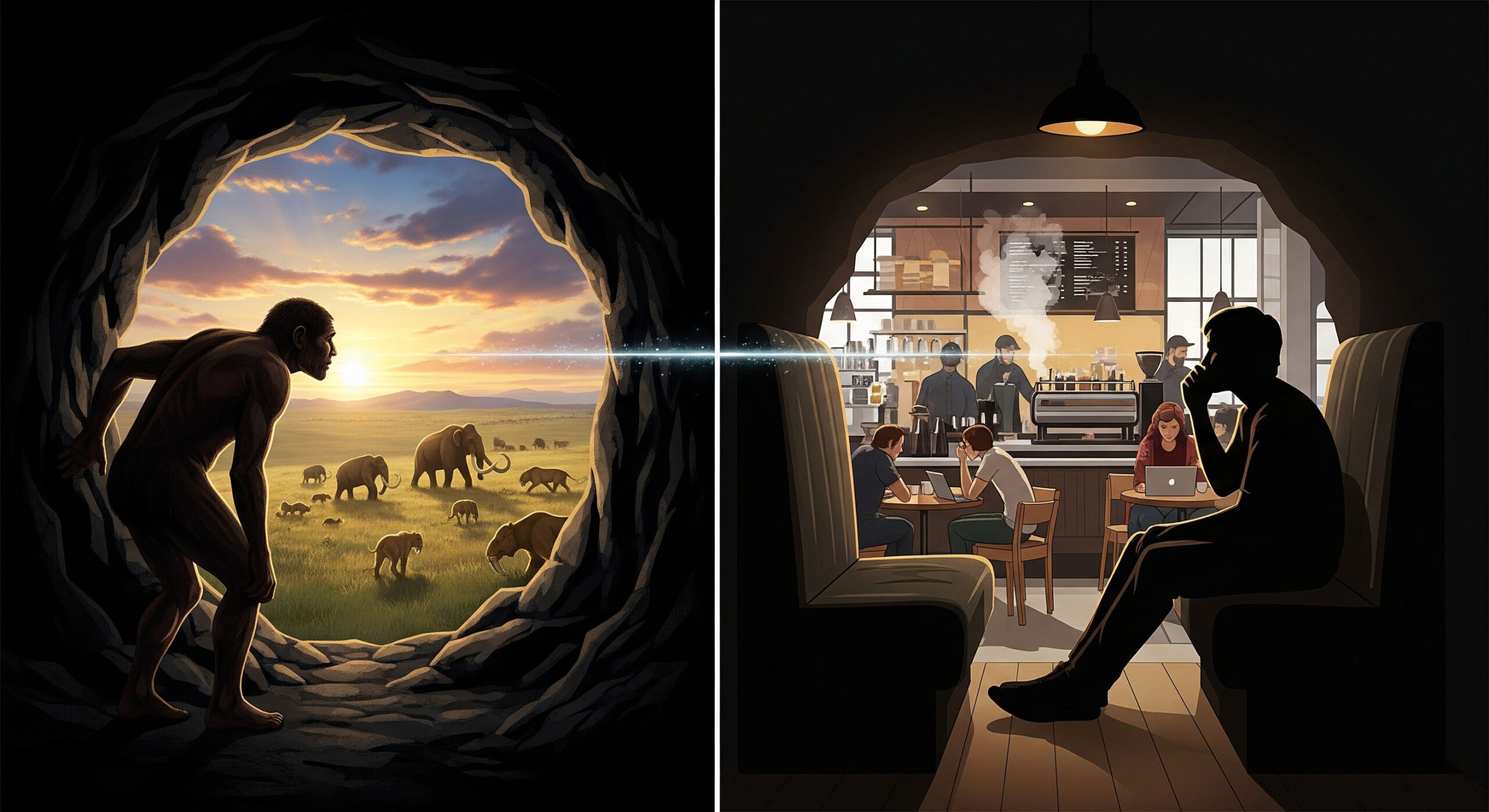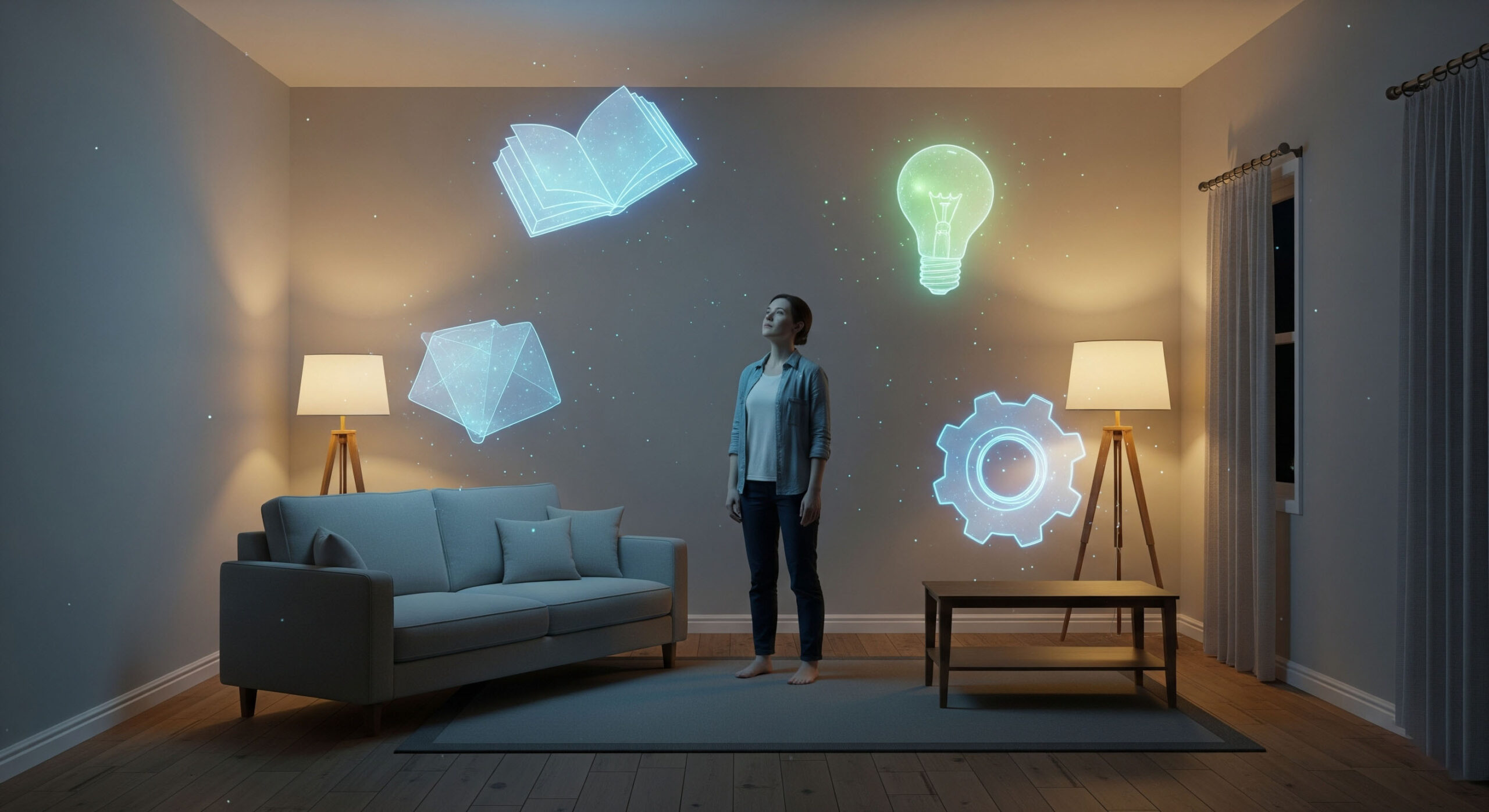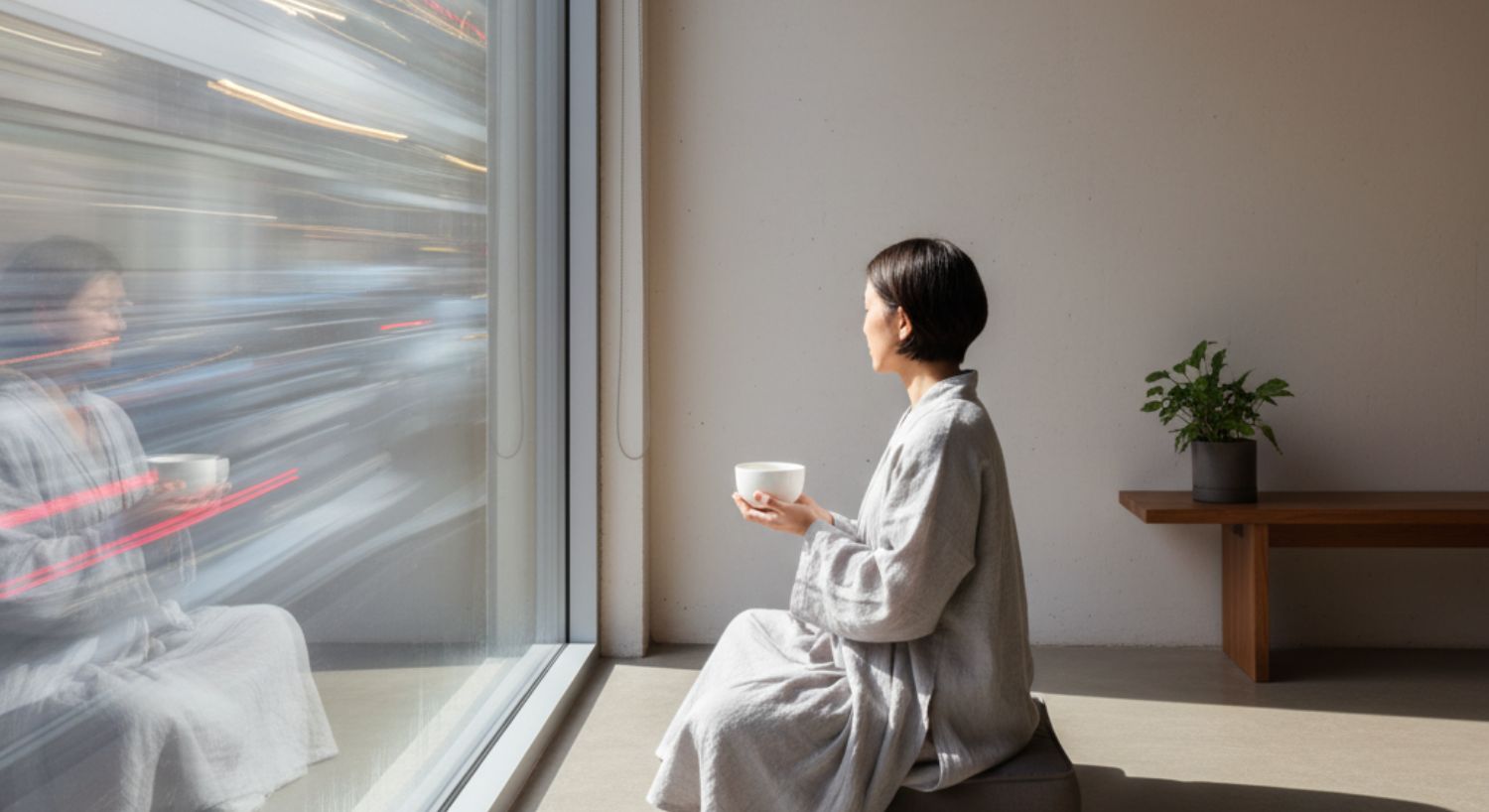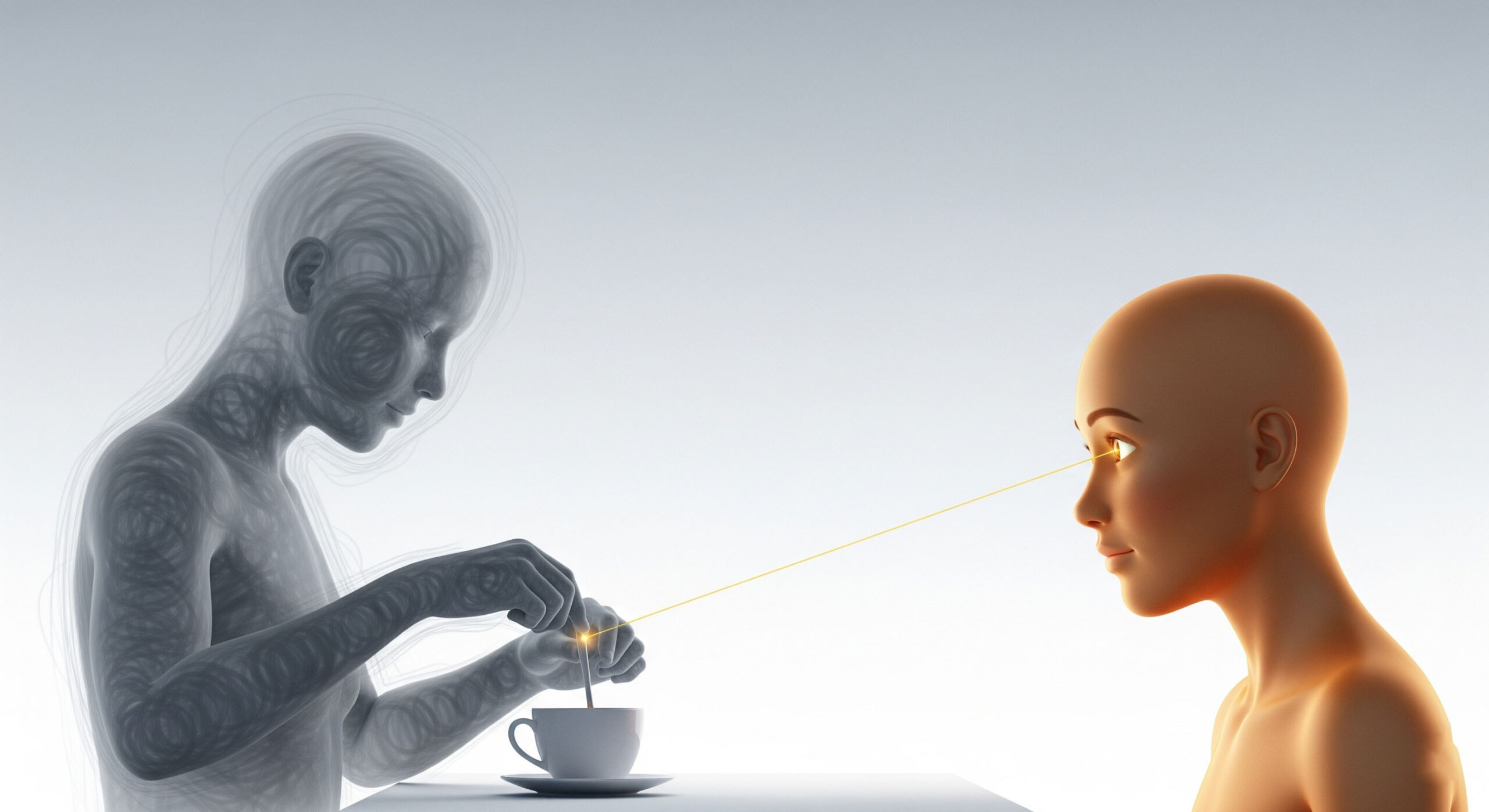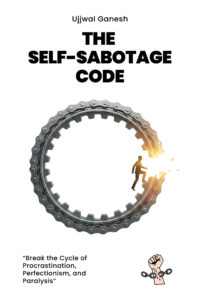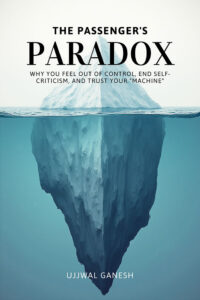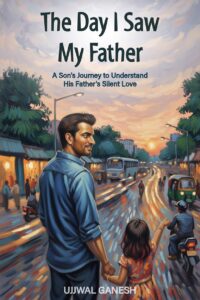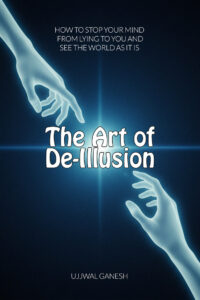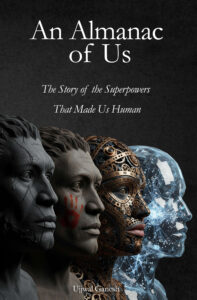Think about the last time you walked into a busy coffee shop. Take a moment and picture the scene: the rich aroma of coffee, the low hum of conversation, the clinking of ceramic mugs. Now, where do you choose to sit?
If you’re like most people, you perform a quick, almost unconscious scan of the room. Your eyes likely skip right over the open tables in the middle, and you find yourself drawn to the cozy booth in the corner, the two-seater against the wall, or the armchair with its back to a bookshelf. The tables in the center of the room are almost always the last to be filled.
Why is this? Why do we, regardless of culture or background, have such a strong, shared preference for these specific types of spots? Is it a simple coincidence, or is this choice being guided by a powerful, ancient secret hardwired into your DNA?
The answer lies not in modern comfort, but in ancient survival. Your seemingly simple choice of a coffee shop seat is being dictated by an evolutionary instinct that kept our ancestors alive on the African savanna millions of years ago.
Introducing Prospect and Refuge: The Savanna on Main Street
In the 1970s, a geographer named Jay Appleton developed a fascinating idea called Prospect and Refuge Theory. He proposed that humans are innately and powerfully drawn to environments that simultaneously offer two critical things:
- Prospect: A clear, unimpeded view of our surroundings.
- Refuge: A safe, sheltered, and protected place from which to observe.
As I explore in my book, The Observation Effect, this preference is a direct echo of our evolutionary past. For our ancestors, the ideal location was a cave on a hillside or a spot under a tree with a wide view of the plains. This vantage point offered the ultimate survival advantage: high prospect allowed them to see opportunities (like prey) or threats (like predators) from a distance, while high refuge kept them safely hidden and protected from attack from behind.
This “prospect-and-refuge” preference became so crucial for survival that it is now a fundamental part of our human psychology. Even though we are no longer scanning the horizon for saber-toothed tigers, our ancient brain is still running its original programming. It is constantly, unconsciously scanning every new environment and asking the same primal questions: “Can I see without being seen? Am I safe here?”
How the Theory Plays Out in Your Modern World
Once you understand the principles of Prospect and Refuge, you will start to see them everywhere. Your ancient brain is still making decisions for you in your office, in your home, and especially in that coffee shop.
The Coffee Shop Analysis
Let’s look at the layout of a typical cafe through this evolutionary lens.
- The Coveted Corner Booth: This is the “cave on the hillside.” It offers maximum refuge (your back and sides are protected by walls) and maximum prospect (you have a clear view of the entrance and the entire room). It is the most psychologically comfortable spot, which is why it’s the first to be taken.
- The Tables Against the Wall: These are the second-best option. They offer good refuge for your back, but your sides are more exposed, and your prospect might be limited.
- The Exposed Center Tables: These are the open savanna. They offer zero refuge, leaving your back and sides completely exposed to the flow of traffic. This creates a low-grade, subconscious feeling of vulnerability and anxiety, which is why these seats are the least desirable.
Beyond the Cafe
This isn’t just about coffee. This ancient secret explains countless modern behaviors:
- In Your Home: Why do you almost always place your sofa against a wall, rather than floating in the middle of the room? You are instinctively creating a space of refuge for your family. A window seat is one of the most beloved architectural features because it is the perfect combination of prospect (the view outside) and refuge (the safety of being inside).
- In the Office: Why is the corner office with the big windows the ultimate symbol of status and power? Because it is the spot with the highest possible prospect and refuge. Conversely, why do so many people feel stressed and unproductive in open-plan offices? They offer zero refuge, forcing our brains to remain in a state of low-level, continuous alert.
A Practical Guide to Using This Secret to Your Advantage
Understanding this theory isn’t just a fun piece of trivia; it’s a practical tool for designing a better life. Once you can read this unwritten rule, you can use it to reduce anxiety and improve your focus.
Tool #1: Find Your “Productivity Perch”
The next time you need to do deep, focused work, consciously choose a spot that offers high refuge. Instead of sitting at the conference table, find an empty office where you can sit with your back to the wall. In a library or cafe, deliberately choose the corner seat or the carrel facing a wall. By reducing your brain’s subconscious need to monitor for threats from behind, you free up precious cognitive resources for the task at hand.
Tool #2: Conduct an “Anxiety Audit” of Your Space
If you often feel inexplicably anxious or on-edge in a certain room, audit it using the principles of Prospect and Refuge. Is your desk chair positioned with your back to the door? This is a classic high-anxiety setup. A simple rearrangement, like moving your desk so you can see the entrance to the room, can have a profound and immediate impact on your sense of psychological safety and well-being.
Tool #3: Seek a “Creativity Window”
While refuge is key for focused work, prospect is essential for creative and expansive thinking. When you feel stuck on a problem or need to brainstorm big ideas, deliberately seek out a spot that offers a wide, unimpeded view. Sit by a large window overlooking a city, take your laptop to a park bench with a view of a field, or simply find the highest point in your building. Broadening your physical horizon can help to broaden your mental one.
Understanding Your Ancient Brain
You are a modern human, but you are running on ancient software. Many of your seemingly irrational preferences, anxieties, and choices are perfectly logical when seen through the lens of survival.
By understanding foundational principles like Prospect and Refuge Theory, you can stop being unconsciously guided by these ancient instincts. You can start to see the world with new eyes, decoding the hidden arguments in every space you enter. You move from being a passive participant to a conscious architect of your own experience.
This is a core lesson in my book, The Observation Effect. It is a complete guide that teaches you how to read these unwritten rules of human behavior, from the layout of a grocery store to the deepest evolutionary instincts that guide your choices every single day.
